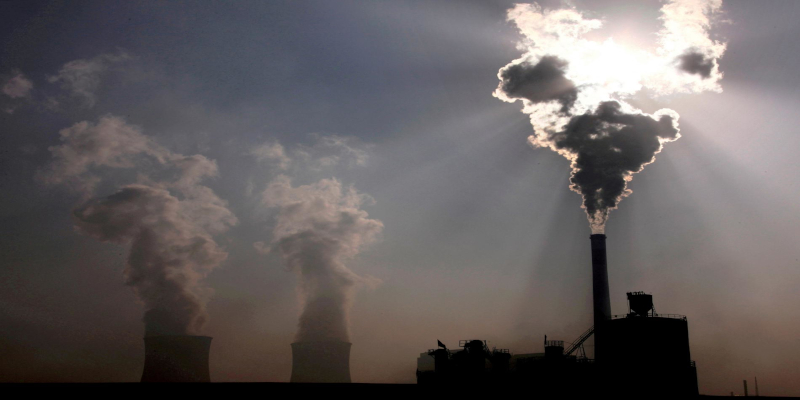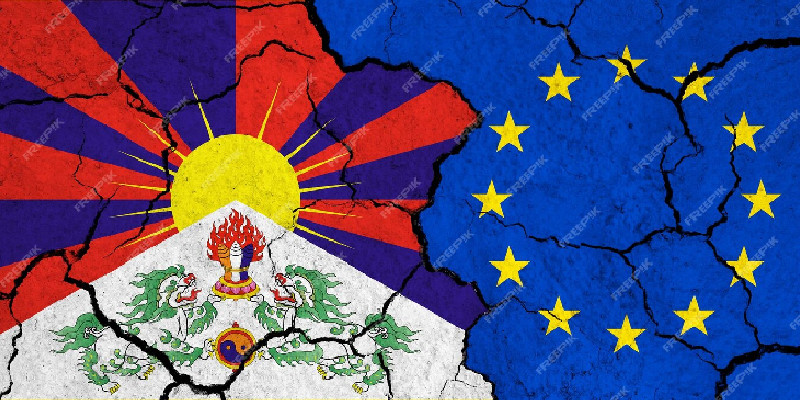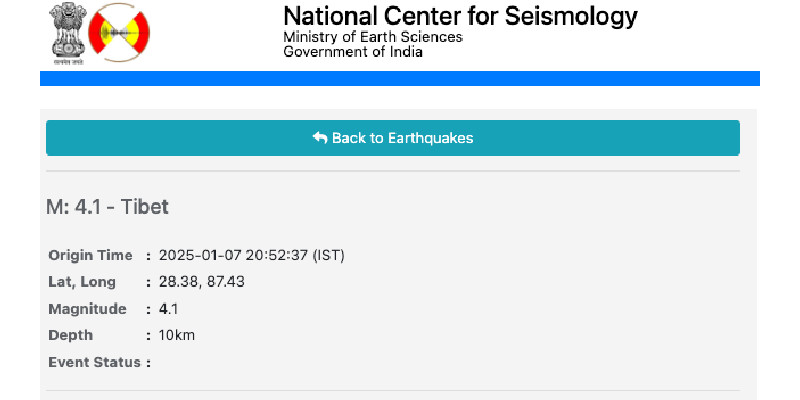Dharamshala, 27th August: Global coal flows have shifted dramatically since Beijing began an unofficial boycott on Australian coal last October, in a major escalation of the two countries’ trade spat. While Chinese coal imports from Australia have practically ceased, imports from other nations have increased to cover the void. Because coal accounts for approximately 60% of China’s energy consumption, ensuring its consistent supply is crucial to the country’s energy security.
Australia exports the most metallurgical (or coking) coal, which is used to create steel. Indonesia is the world’s largest exporter of thermal coal, which is used mostly in power plants, followed by Australia. In the meantime, China is the world’s top coal importer, followed by India and Japan. India and Indonesia are two of the greatest winners from the boycott’s disruption.
According to statistics from commodities tracking firm Kpler, when Australian exports of metallurgical coal to China fell, India stepped in to fill the gap. According to observers, these purchases have been made cheaper as a result of the Chinese boycott.
India has also expanded its thermal coal purchases from Australia. According to commodities pricing firm Argus Media, India purchased a record amount of thermal coal from Australia in April, aided in part by lower rates compared to a similar grade of coal from South Africa.
South Korea and Taiwan, in addition to India, aided in somewhat offsetting the reduction in Australia’s thermal coal shipments to China. According to Kpler data, Australia also exported more thermal coal to Japan, with shipments increasing by nearly 60% from 4.96 Mt in October to 7.98 Mt in January. Increased purchases from Japan, South Korea, and Taiwan are linked to recoveries in industrial output (pdf) following pandemic shutdowns across the country in the first half of 2020.
In the meantime, China has looked to other big producers to meet its coal needs, albeit continuing to reject Australia. The winners, in this case, are the United States, Canada, and Russia, which can deliver high-quality metallurgical coal for steelmaking. China, on the other hand, has had to pay higher prices for US coking coal, as well as higher shipping expenses due to the greater distance.
Russia’s coking and thermal coal imports have also increased as the country seeks to boost its market share in Asia. Russia is already increasing coal production and investing billions of dollars in train upgrades to carry coal to its far eastern ports.
China’s objective of being carbon-neutral by 2060 will push it to reduce its coal consumption. However, as one senior official from China’s state planning agency put it, the country currently has “no other alternative” but to rely on coal as a reliable source of energy. Meanwhile, according to energy firm Wood Mackenzie, China’s coal ban might last “far longer” (paywall) than initially anticipated, while Goldman Sachs believes the ban could last for years.
China will remain a key coal importer until other energy sources, such as renewables, account for a larger part of the country’s overall energy consumption—and any trade disruptions it generates would ripple across the global coal business.
Picture: REUTERS/DAVID GRAY







Leave a Reply